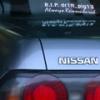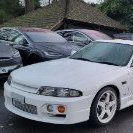Announcements
-
Similar Content
-
Latest Posts
-
Same here man same here. I will swap a few things around tomorrow and try again. It wants too,aero start has it firing. Just need the damn fuel to go where it should.
-
That sucks. I'm looking forward to this thing running.
-
Blocked in the system somewhere i imagine
-
Na man, I’m getting fuel to circulate putting hose from bottom of filter straight onto return. But including the fuel system I get no fuel making it back to return.
-






Recommended Posts
Create an account or sign in to comment
You need to be a member in order to leave a comment
Create an account
Sign up for a new account in our community. It's easy!
Register a new accountSign in
Already have an account? Sign in here.
Sign In Now